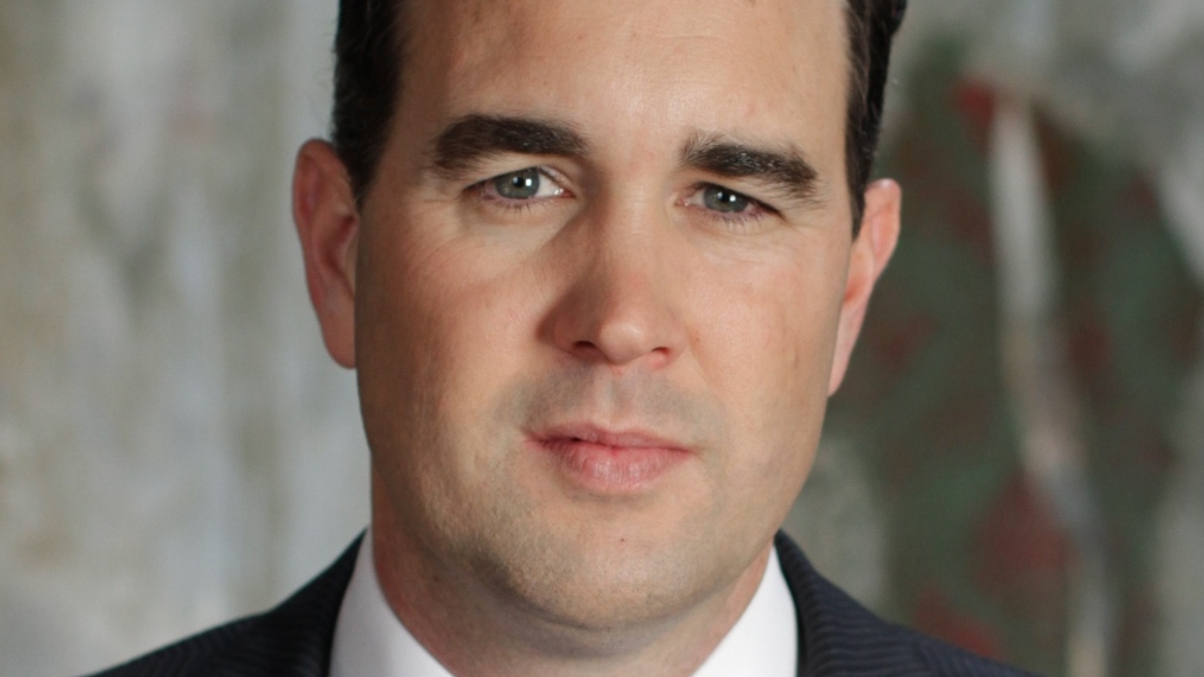Concerns raised over Aussie SMSF rules
Over-regulation of Australia’s self-managed superannuation funds could restrict trustees from investing in riskier assets to meet return targets, says Aaron Dunn of The SMSF Academy.

As Australia’s pool of self-managed superannuation funds (SMSFs) swells beyond A$500 billion ($474 billion), some feel the sector is at risk of becoming over-regulated.
Sign in to read on!
Registered users get 2 free articles in 30 days.
Subscribers have full unlimited access to AsianInvestor
Not signed up? New users get 2 free articles per month, plus a 7-day unlimited free trial.
¬ Haymarket Media Limited. All rights reserved.


